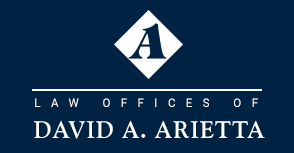At the end of a Chapter 7 bankruptcy an individual can receive his or her discharge. A Chapter 7 bankruptcy completes in about 3-4 months. The discharge means that all debts that are considered dischargeable are eliminated or forgiven as of the date of the bankruptcy filing. A discharge injunction comes into effect which means that a creditor cannot collect or take any action on discharged debts. While the case was pending there was stay in effect. The discharge makes that stay permanent. Note that a pre-petition lien can survive the discharge. Liens include mortgages, home equity lines, and judgment liens. In certain instances, judgment liens can be avoided as part of the Chapter 7 filing. A motion has to be filed and a court order avoiding the lien has to be obtained. Failure to do so can result in the case having to be reopened months or years later.
A little known principle is that a corporation does not receive a discharge. A corporate bankruptcy allows a trustee to liquidate the remaining assets, if any, and to allow the owners to walk away from the company without having to deal with continued collection efforts by creditors. The idea is for trustee to do a fair and orderly distribution. In many cases there are no assets to liquidate or distribute. In those instances, the court will confirm it is a no-asset case and then send notices out to the creditors.
A successful Chapter 7 bankruptcy will result in the elimination of most common consumer debts such as medical bills, payday loans, and credit cards. Some types of debts are not discharged including student loans, recent tax debts, debts incurred by fraud, family support claims, and any other obligations owed as part of a divorce. For fraud debts, the creditor has to timely file a complaint for dischargeability and get a court order otherwise those debts are also discharged.
A discharge will not be entered in a personal bankruptcy unless the debtor has taken a personal financial management class. Pre-petition, the debtor would have taken a debt counseling class and obtained a certificate which is required as part of all personal bankruptcy filings. That is called the first course. The second course is taken after filing but before the case is closed. If a debtor does not timely take the second course, the case will automatically close without the entry of a discharge. David Arietta has helped many pro per clients reopen their bankruptcies to properly get their discharge.

Trackbacks/Pingbacks